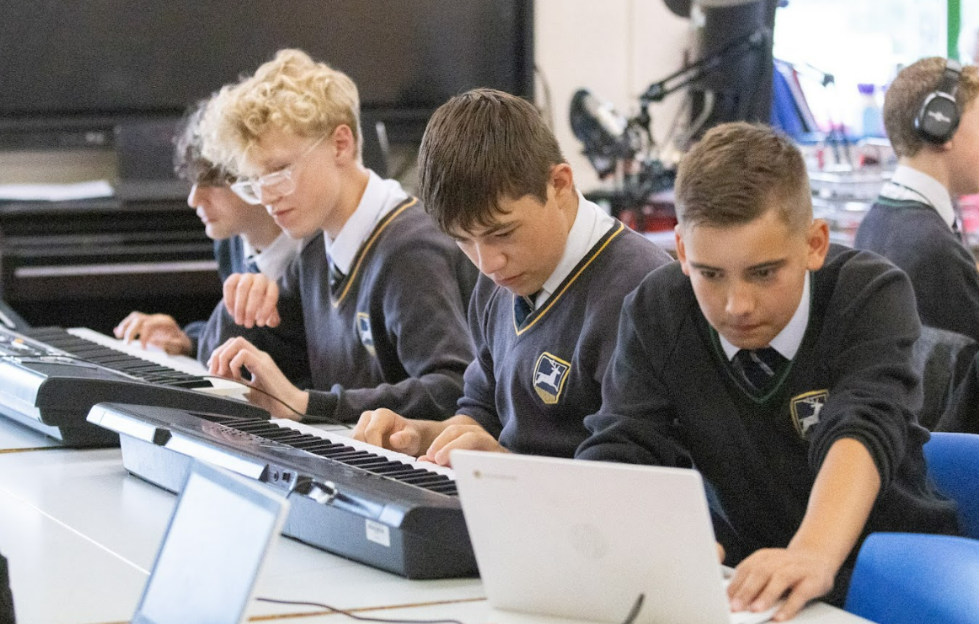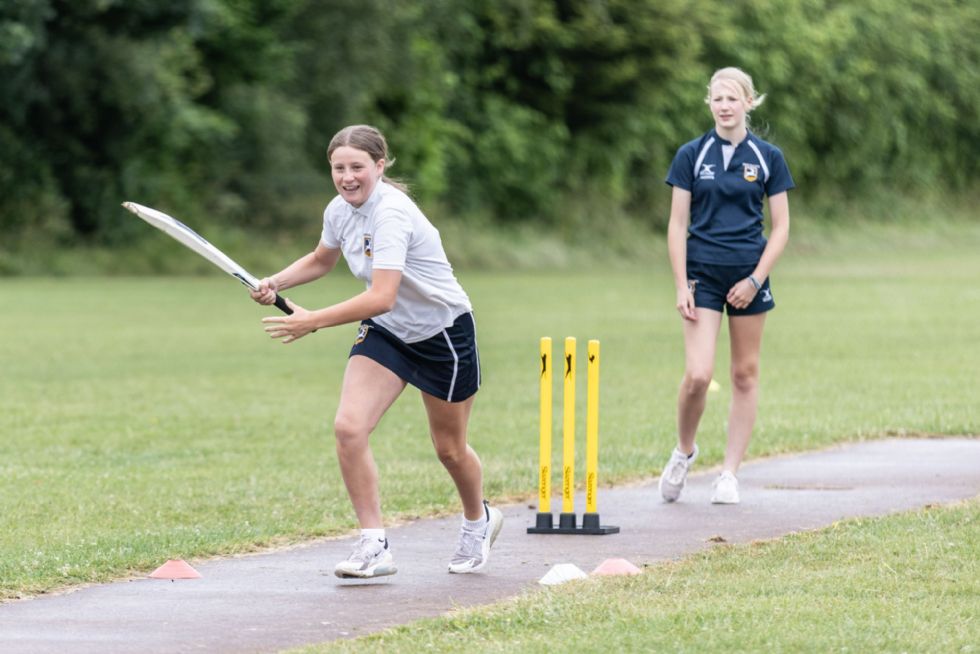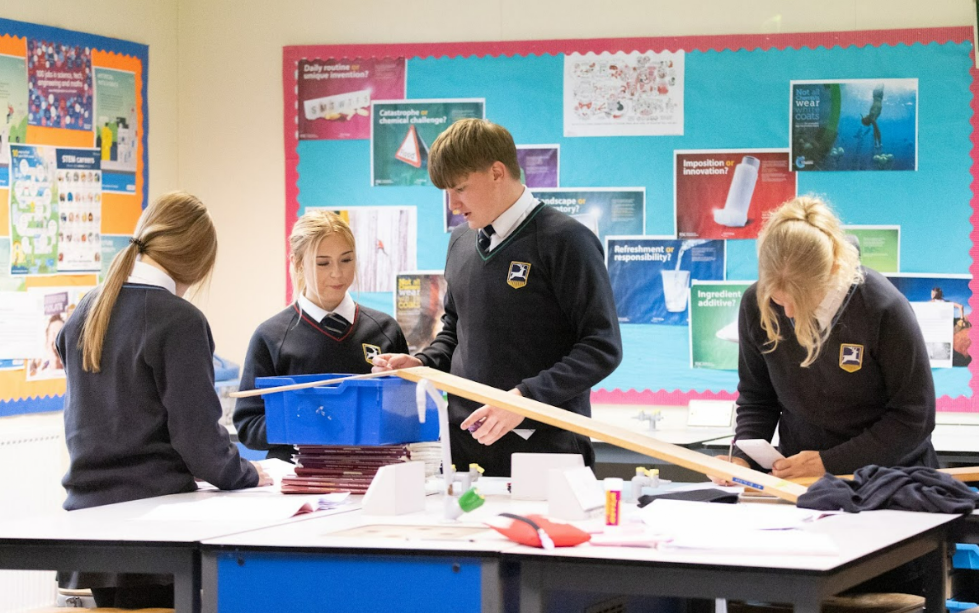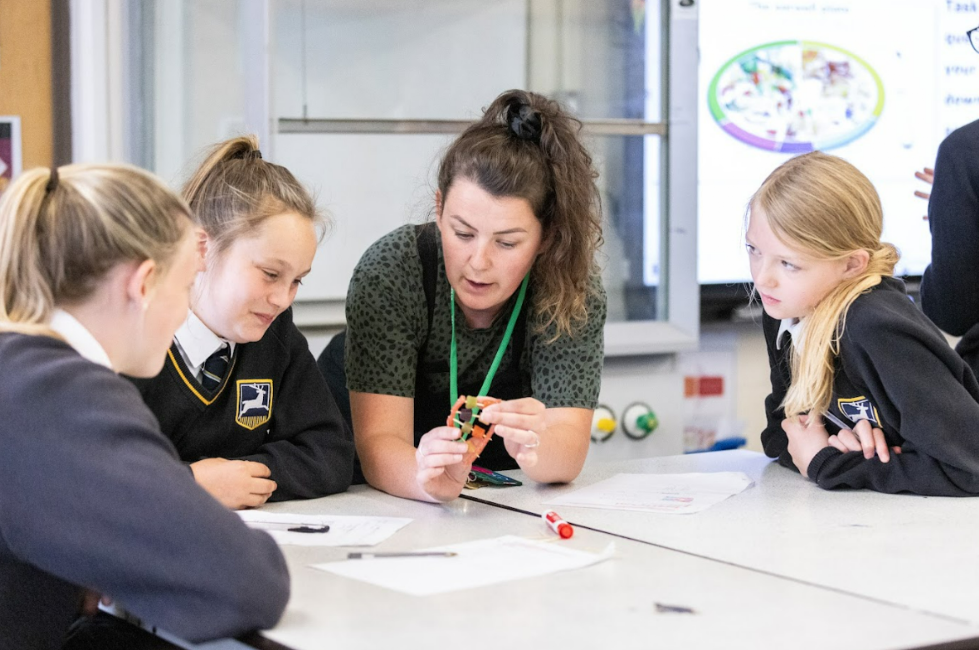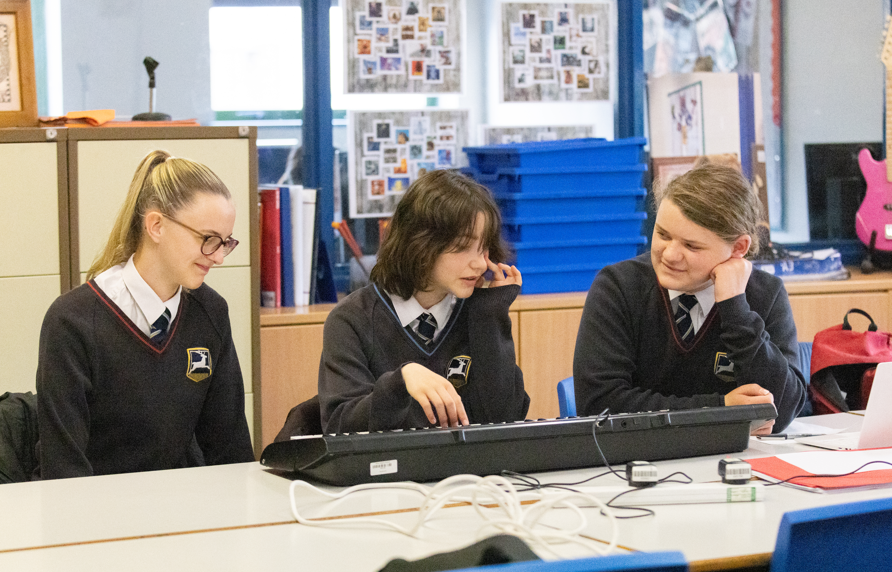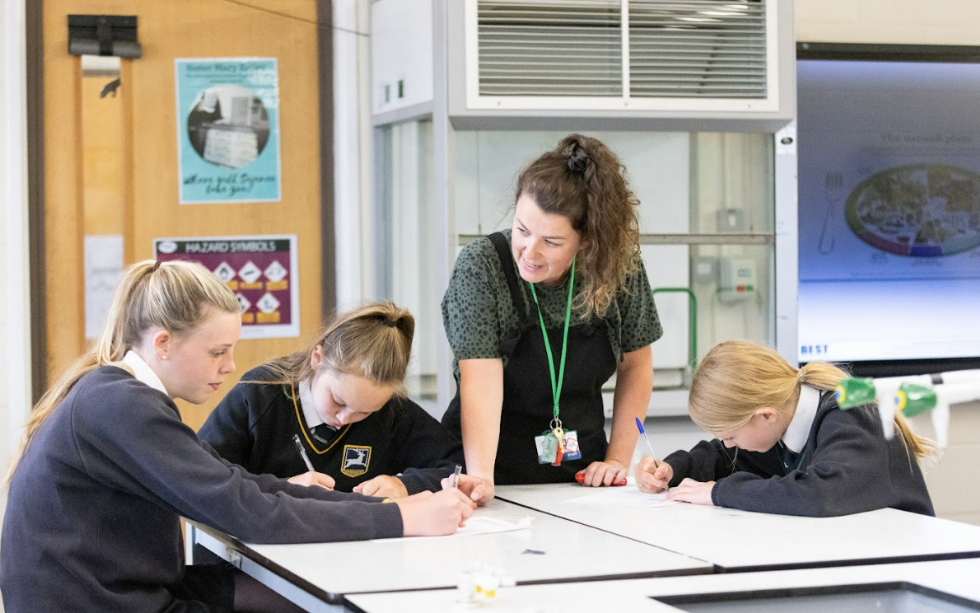Areas of Need
What does Special Educational Needs mean?
Pupils have Special Educational Needs if they have a learning difficulty that calls for special educational provisions to be made for them. Pupils have a learning difficulty if they:
• Have a significantly greater difficulty in learning than the majority of pupils of the same age; or
• Have a disability that prevents or hinders the pupil from making use of educational facilities of a kind generally provided for pupils of the same age in mainstream schools or mainstream post-16 institutions.
Pupils are regarded as having Special Educational Needs if they require educational provision that is additional to, or different from, the educational provision made generally for pupils of their age.
What are the four areas of need?
We maintain a strong ethos of inclusion at Dene Magna which aims to provide fully for children across a range of special educational needs:
• Communication and Interaction - this includes pupils with speech and language delay, impairments or disorders, specific learning difficulties such as dyslexia, dyscalculia, dysgraphia and dyspraxia, hearing impairment, and those who demonstrate features within the autistic spectrum
• Cognition and Learning - this includes pupils who demonstrate features of moderate, severe or profound learning difficulties or specific learning difficulties or specific learning difficulties such as dyslexia, dyscalculia, dysgraphia or dyspraxia.
• Social, Emotional and Mental Health - this includes pupils who may be withdrawn or isolated, disruptive or disturbing, hyperactive or lack concentration
• Sensory and/or Physical Needs - this includes pupils with Sensory, multisensory and physical difficulties
Disability
Many pupils and young people who have SEND may have a disability under the Equality Act 2010 – that is ...a physical or mental impairment that has a long-term and substantial adverse effect on their ability to carry out normal day-to-day activities. This definition includes sensory impairments such as those affecting sight or hearing, and long-term health conditions such as asthma, diabetes, epilepsy, and cancer. Pupils and young people with such conditions do not necessarily have SEND, but there is a significant overlap between disabled pupils and young people and those with SEND. Where a disabled pupil or young person requires special educational provision, they will also be covered by the SEND definition.
How accessible is the school environment?
• The school is situated across two sites both of which wheelchair accessibility has been catered for. As such, there are modified tables in each subject area. In the practical based subjects there is additional modified equipment and machinery so that pupils with disabilities have access to all.
• Visual aids such as visual timetables.
• Chromebooks and reading pens are accessible to students.
• There is a dedicated personal care suite, ensuring that students are able to have some level of independence
• The learning needs and preferences of learners with SEND are taken into account when planning provision, and modifications are made where necessary. For example having permission to leave lessons early and arrive late in order to miss the crowds; working in small groups and individually where resources allow; special consideration in examinations.
How does Dene Magna support pupils with medical conditions?
Dene Magna recognises that pupils at the school with medical conditions should be properly supported so that they have full access to education, including trips and physical education. Some pupils with medical conditions may be disabled and where this is the case, the school will comply with its duties under the Equality Act 2010. Some may also have special educational needs (SEND) and may have an Education, Health and Care Plan (EHCP) that brings together health and social care needs, alongside their special educational provision whilst following the SEND Code of Practice (2014). The school has a policy for supporting pupils with medical conditions that can be found on the school website.


